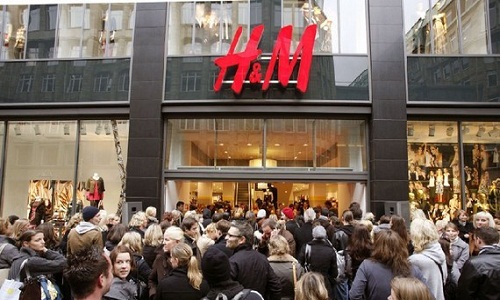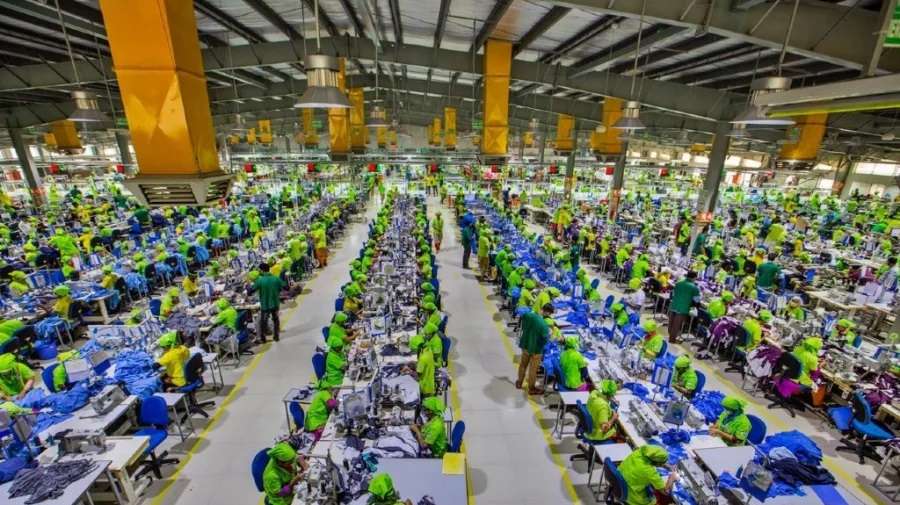"Ruling the world with their fast fashion segment, H&M, Zara and Forever 21 have been faring high on being affordable, trendy and disposable. Of late, a new phenomenon is being witnessed owing to the festive season wherein shoppers—especially millennials, the target group for fast-fashion brands —are increasingly looking for clothes made of higher-quality materials or they are keeping their existing clothes longer. Some are even seeking apparel that’s been reused or recycled."

Ruling the world with their fast fashion segment, H&M, Zara and Forever 21 have been faring high on being affordable, trendy and disposable. Of late, a new phenomenon is being witnessed owing to the festive season wherein shoppers—especially millennials, the target group for fast-fashion brands —are increasingly looking for clothes made of higher-quality materials or they are keeping their existing clothes longer. Some are even seeking apparel that’s been reused or recycled.
More than 14 per cent of US consumers looked for apparel and accessories made from natural materials in 2016, up from 12.9 per cent last year, says a Euromonitor International survey. Shoppers looking for clothes that were reused or recycled rose 2 per cent this year. And more millennials looked for ‘sustainably produced’ apparel and accessories than any other age group. This shift to so-called sustainable clothing is a warning sign for the fashion industry that wants consumers to rapidly change styles and move on to the next hot trends.
Holiday trend for 2016

The challenge may come earlier than big retail chains expect. Consumers are more willing to shop at niche, smaller companies this season, according to Deloitte LLP. Some of these retailers tout sustainable premiums for longer-lasting, higher-quality products—think, Zady or Everlane. But fast-fashion companies are trying to respond. In 2013, H&M launched a worldwide garment-collecting initiative encouraging consumers to reuse and recycle their clothes. The chain also sells a ‘conscious collection,’ a clothing line created entirely from sustainable materials. Zara launched its first sustainable line, Join Life, in September. The collection consists of simpler designs and clothing made from recycled wool, organic cotton and Tencel—a fabric that includes regenerated wood.
Though companies have already started, these pieces make up just 1.5 per cent of Zara’s assortment and 3.5 per cent of H&M’s, said Emily Bezzant, head analyst at the fashion-tracking firm Edited. And the very nature of high-turnover fast-fashion companies strikes many as unsustainable, she said. According to experts, fast fashion and sustainability can’t go hand in hand. The biggest challenge for retailers will be to make sustainable products affordable and accessible to millennials.
There has been some progress toward that end. H&M’s Conscious Collection has an affordable median price of $17.99. At Zara’s Join Life line, a basic strappy top cost $9.90—the same as their main line. Lowering prices for sustainable collections would help these businesses stay relevant, as most consumers shop at H&M and Zara because of the cheap price tags.
Recycling makes perfect sense
Christina Kim, a designer, highlighted, it’s actually been more economical for her to use recycled scraps to make her clothing. Kim founded Los Angeles-based Dosa after moving from Seoul. Her idea started in West Bengal, where she began collecting old saris to incorporate into new designs.
Kim tracked her expenses in both regular and recycled production. She found that when using recycled fabric, she was able to spend less on materials—but had to shell out significantly more for labour. With traditional clothing production, 40 per cent of her expenses went to materials, 53 per cent to labour, and 7 per cent to shipping and other duties. With a recycled production, Kim spent 14 per cent on materials, 81 per cent on labour, and 5 per cent on shipping and duties.
The big companies are taking steps in a similar direction. H&M, for instance, has started minimising waste during textile production. Any leftover material or post-manufacturing waste is recycled into new materials such as recycled wool or recycled cotton by H&M.












